

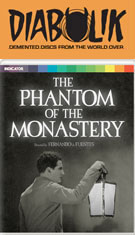



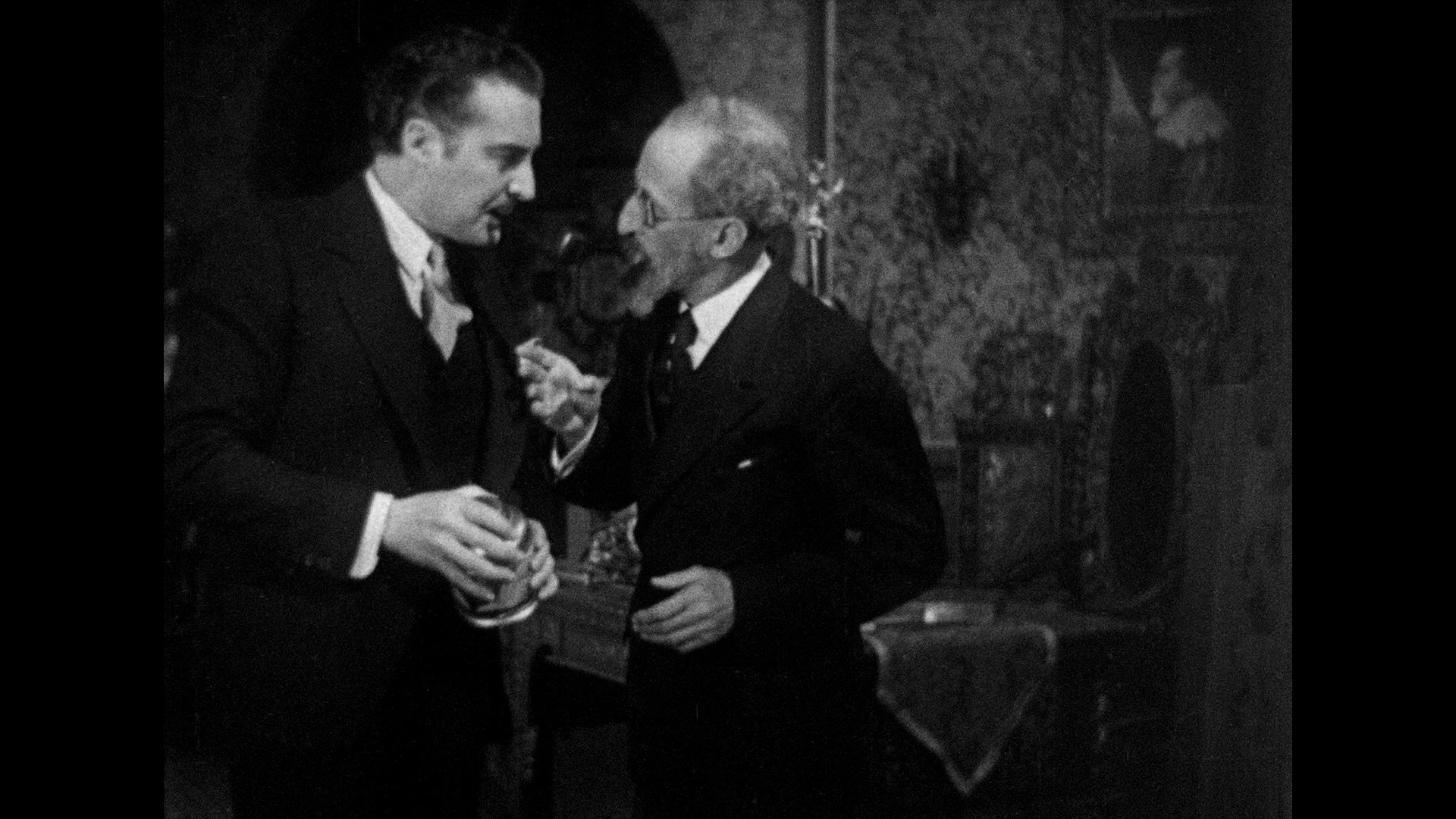 masked, monster-fighting wrestlers
masked, monster-fighting wrestlers 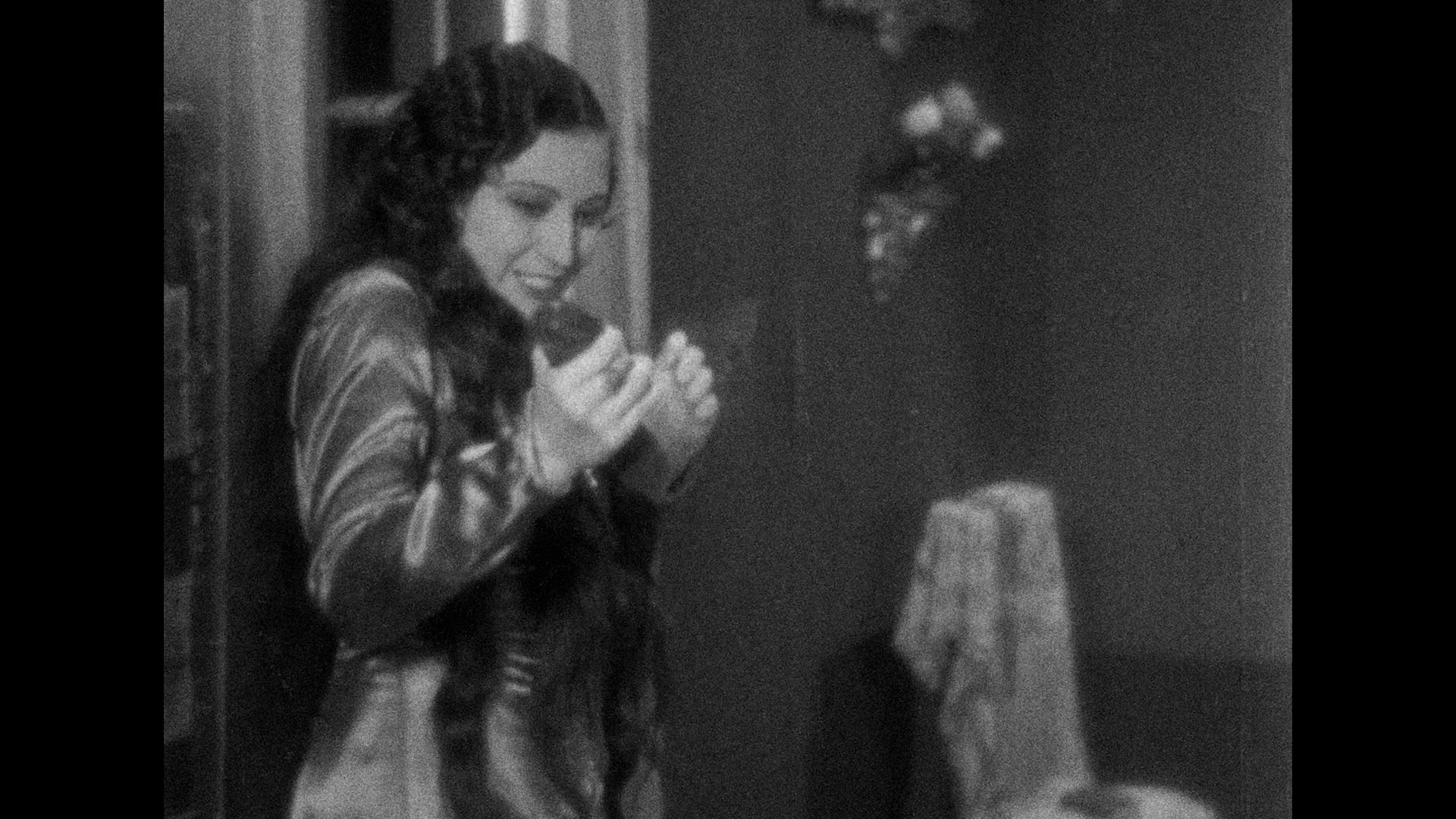 and brain-slurping fiends, the Mexican horror film began on a far more elegant note in the early days of the sound era. Drawing on both Universal's ornate monster movies and German Expressionism, the first two sound horror films to emerge from Mexico have been fan favorites among those diligent enough to hunt them down but haven't enjoyed anything close to the reputation they deserve.
and brain-slurping fiends, the Mexican horror film began on a far more elegant note in the early days of the sound era. Drawing on both Universal's ornate monster movies and German Expressionism, the first two sound horror films to emerge from Mexico have been fan favorites among those diligent enough to hunt them down but haven't enjoyed anything close to the reputation they deserve.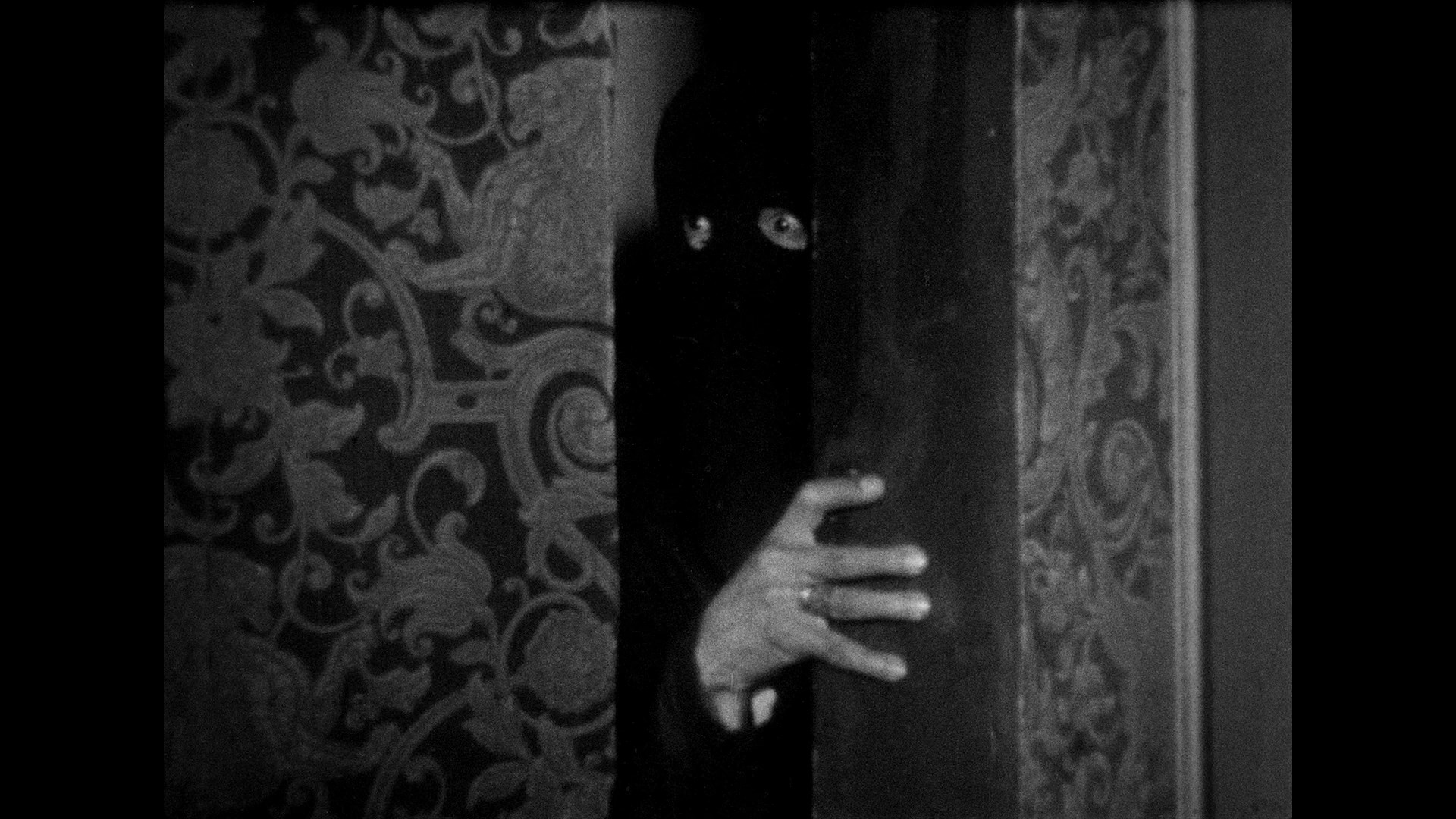 a debate erupts over the conflict between the rational and the supernatural. Thus begins our main story where, following a kid-friendly dinner among friends, Dr. Acuna (Pereda) has to deal with disruption in his household including
a debate erupts over the conflict between the rational and the supernatural. Thus begins our main story where, following a kid-friendly dinner among friends, Dr. Acuna (Pereda) has to deal with disruption in his household including 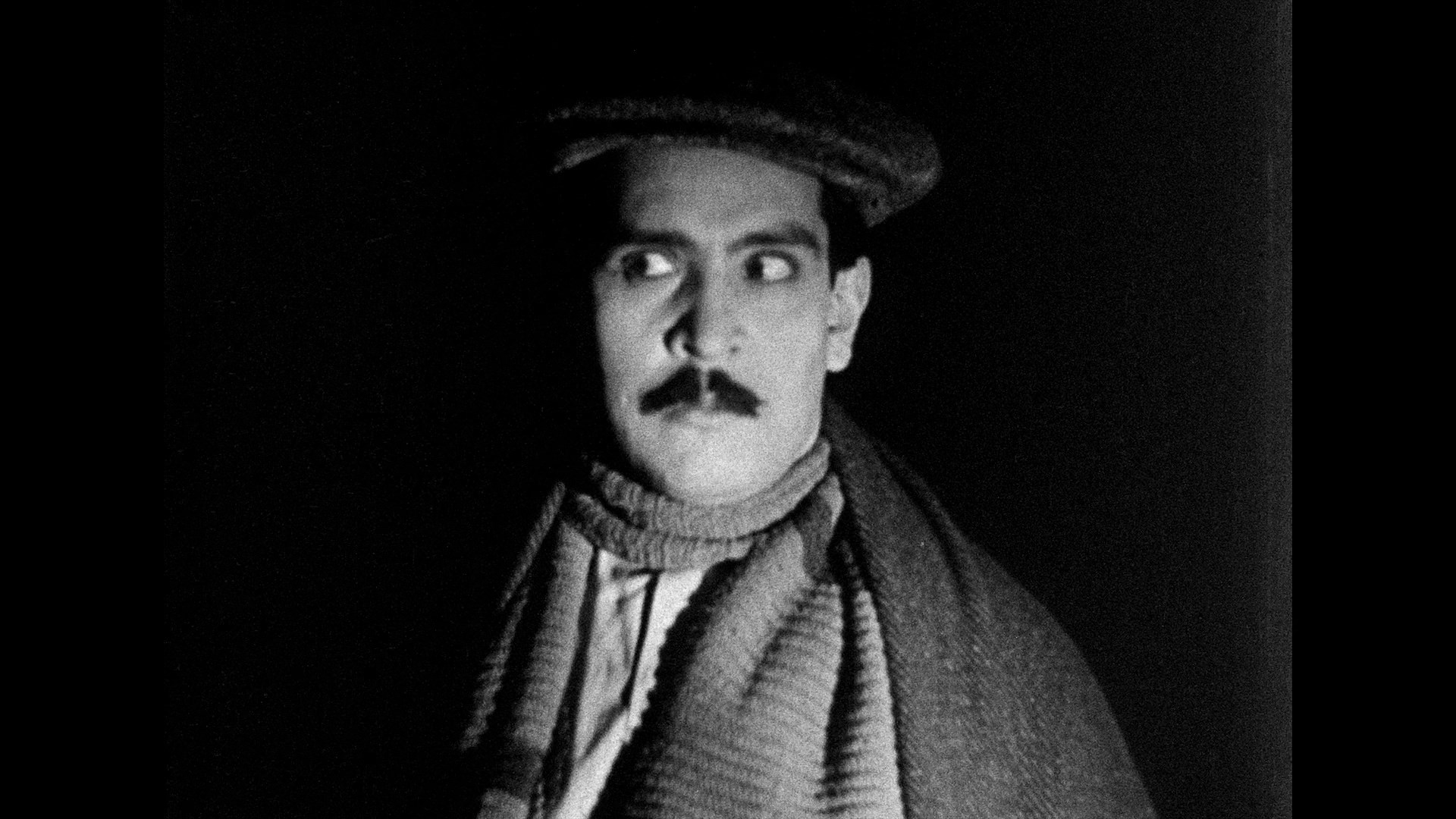 his wife, Ana Maria (Zuri). Their situation involving a curse on their oldest son is tied to a third story showing the possible origin of the "weeping woman" thanks to a boorish conquistador (also Pereda) and his torment of his rattled wife (Lamar), who came from a much lower class and finds the life of nobility to have some very nasty, destructive strings attached. Along the way we get some pretty creepy shots for '33 including a bit of blood and a peering figure in a black shroud with only its eyes visible as it stalks.
his wife, Ana Maria (Zuri). Their situation involving a curse on their oldest son is tied to a third story showing the possible origin of the "weeping woman" thanks to a boorish conquistador (also Pereda) and his torment of his rattled wife (Lamar), who came from a much lower class and finds the life of nobility to have some very nasty, destructive strings attached. Along the way we get some pretty creepy shots for '33 including a bit of blood and a peering figure in a black shroud with only its eyes visible as it stalks. 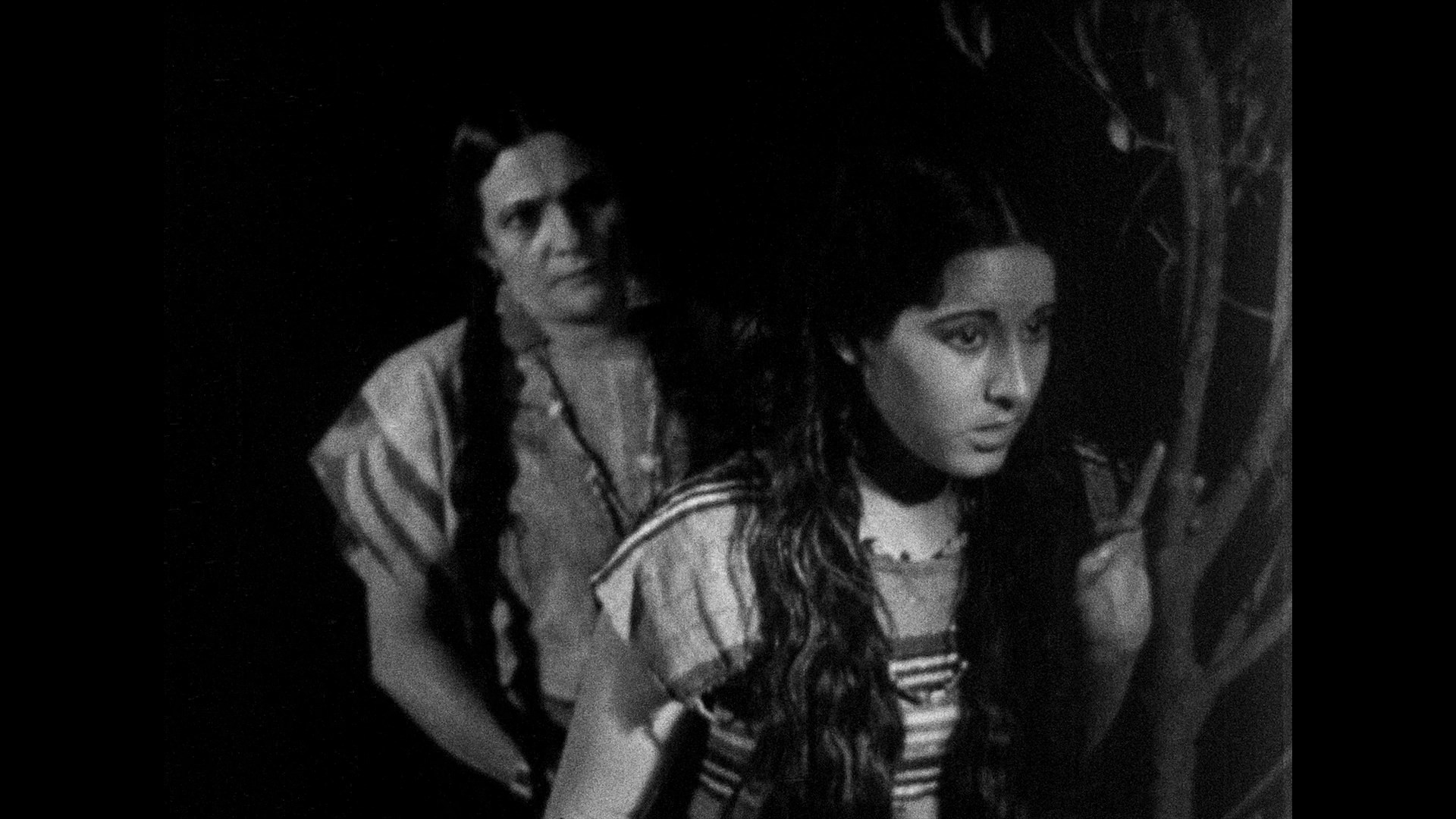 There's
There's 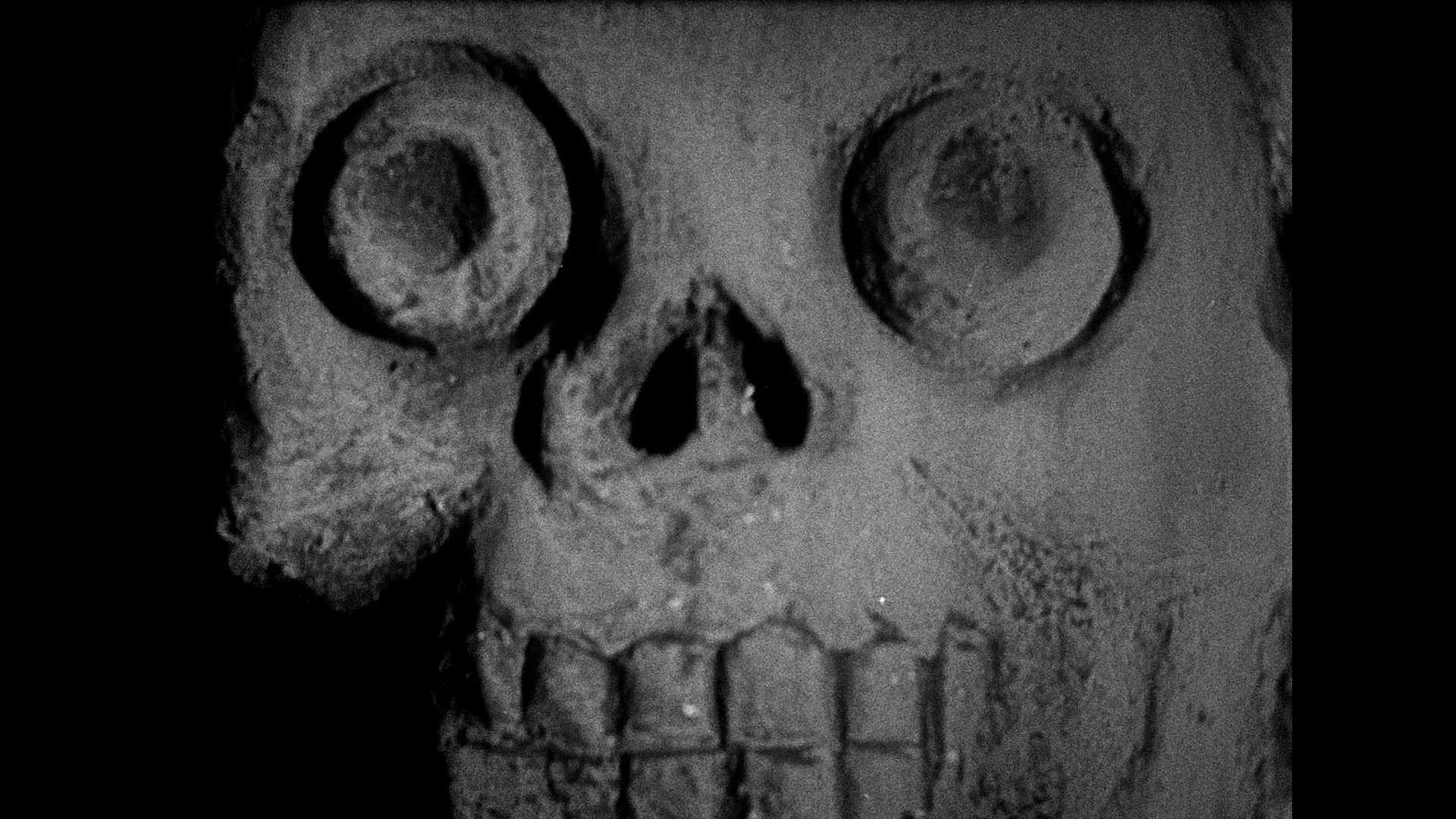 obviously a fair amount of age-related wear and tear, but clarity and contrast are solid throughout to create what would seem to be the best possible way to enjoy the film without destroying its inherent texture through digital smudging. The Spanish LPCM 1.0 mono track is also constrained by the source but good for what it is, with optional English subtitles (standard translated and SDH options). An audio commentary with Stephen Jones and Kim Newman is a welcome addition as they use their extensive horror expertise to analyze this film far outside the usual European wheelhouse, including a look at the history of the source figure, thoughts on the transitions from silent to sound filmmaking for horror stories, the impact of ghost tropes that traverse various cultures, and lots more. The new La Llorona: Ghosts of the Past (17m1s) by Viviana García Besné (great granddaughter of the producer) is a fascinating combination of family reminiscence and film history as she examines the film and its mythos within the history of her own relatives and national culture. Then in "Transcending Time" (17m49s), Abraham Castillo Flores, head programmer of Mexico’s Mórbido Film Fest and all-around Mexican horror enthusiast, gives a thorough study of the myth's evolution in Mexican City with wailing female specters representing various aspects of class and gender oppression, elements very much present in the main feature. Finally in "Lunas y estrellas" (1m38s), you get a quick collection of the very unusual "cigarette burns" used to denote reel changes which were removed from the main presentation. The package for this limited 4,000-unit edition from the U.K. and U.S.. markets also comes with a booklet featuring a new essay by Emily Masincup, an archival article on the legend of La Llorona,
obviously a fair amount of age-related wear and tear, but clarity and contrast are solid throughout to create what would seem to be the best possible way to enjoy the film without destroying its inherent texture through digital smudging. The Spanish LPCM 1.0 mono track is also constrained by the source but good for what it is, with optional English subtitles (standard translated and SDH options). An audio commentary with Stephen Jones and Kim Newman is a welcome addition as they use their extensive horror expertise to analyze this film far outside the usual European wheelhouse, including a look at the history of the source figure, thoughts on the transitions from silent to sound filmmaking for horror stories, the impact of ghost tropes that traverse various cultures, and lots more. The new La Llorona: Ghosts of the Past (17m1s) by Viviana García Besné (great granddaughter of the producer) is a fascinating combination of family reminiscence and film history as she examines the film and its mythos within the history of her own relatives and national culture. Then in "Transcending Time" (17m49s), Abraham Castillo Flores, head programmer of Mexico’s Mórbido Film Fest and all-around Mexican horror enthusiast, gives a thorough study of the myth's evolution in Mexican City with wailing female specters representing various aspects of class and gender oppression, elements very much present in the main feature. Finally in "Lunas y estrellas" (1m38s), you get a quick collection of the very unusual "cigarette burns" used to denote reel changes which were removed from the main presentation. The package for this limited 4,000-unit edition from the U.K. and U.S.. markets also comes with a booklet featuring a new essay by Emily Masincup, an archival article on the legend of La Llorona, 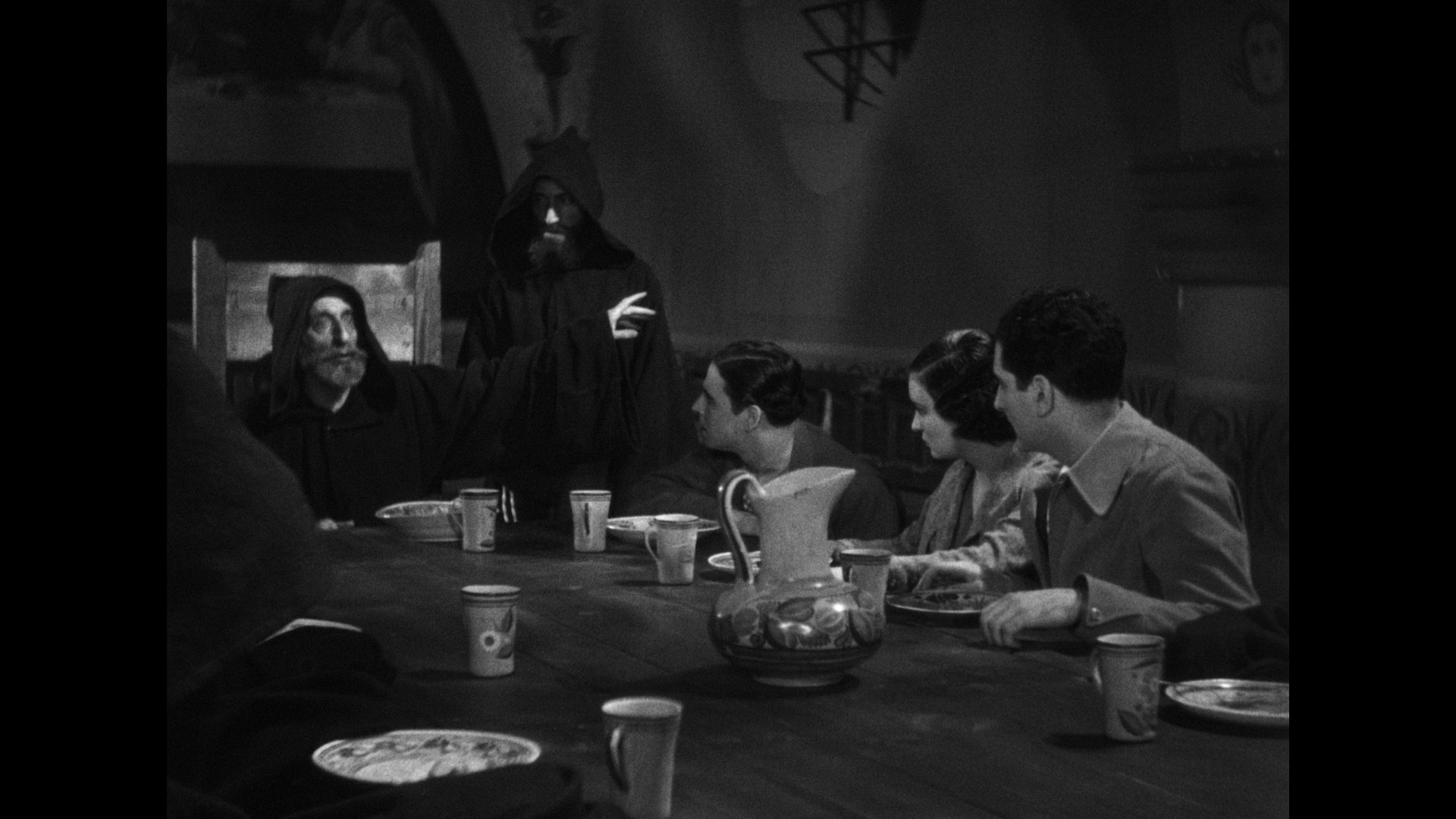 Valeria Villegas
Valeria Villegas 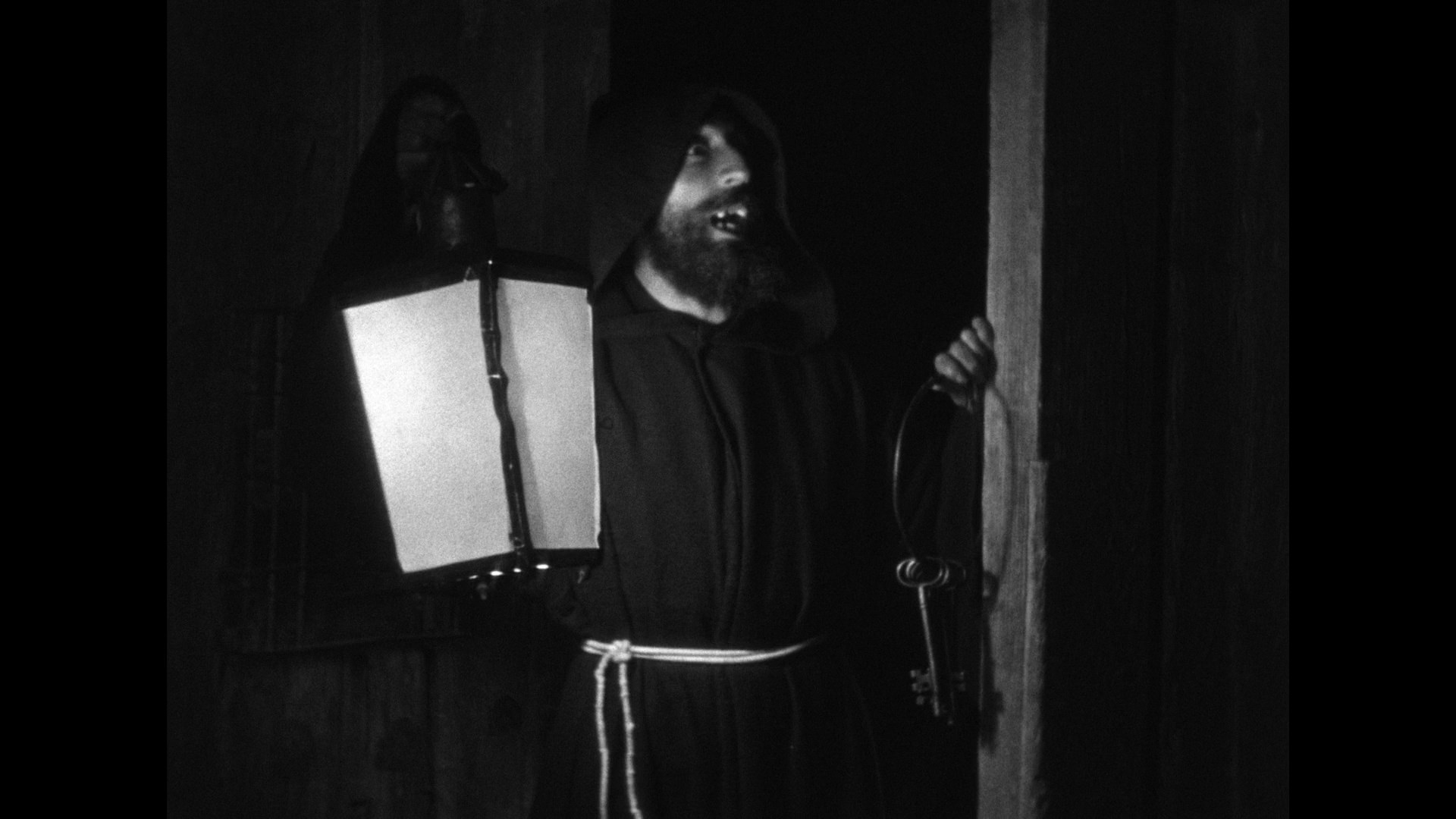 Lindvall on the character's cinematic incarnations, an archival newspaper report on the film’s premiere, sample critical reactions, and Peter Conheim on the restoration.
Lindvall on the character's cinematic incarnations, an archival newspaper report on the film’s premiere, sample critical reactions, and Peter Conheim on the restoration. 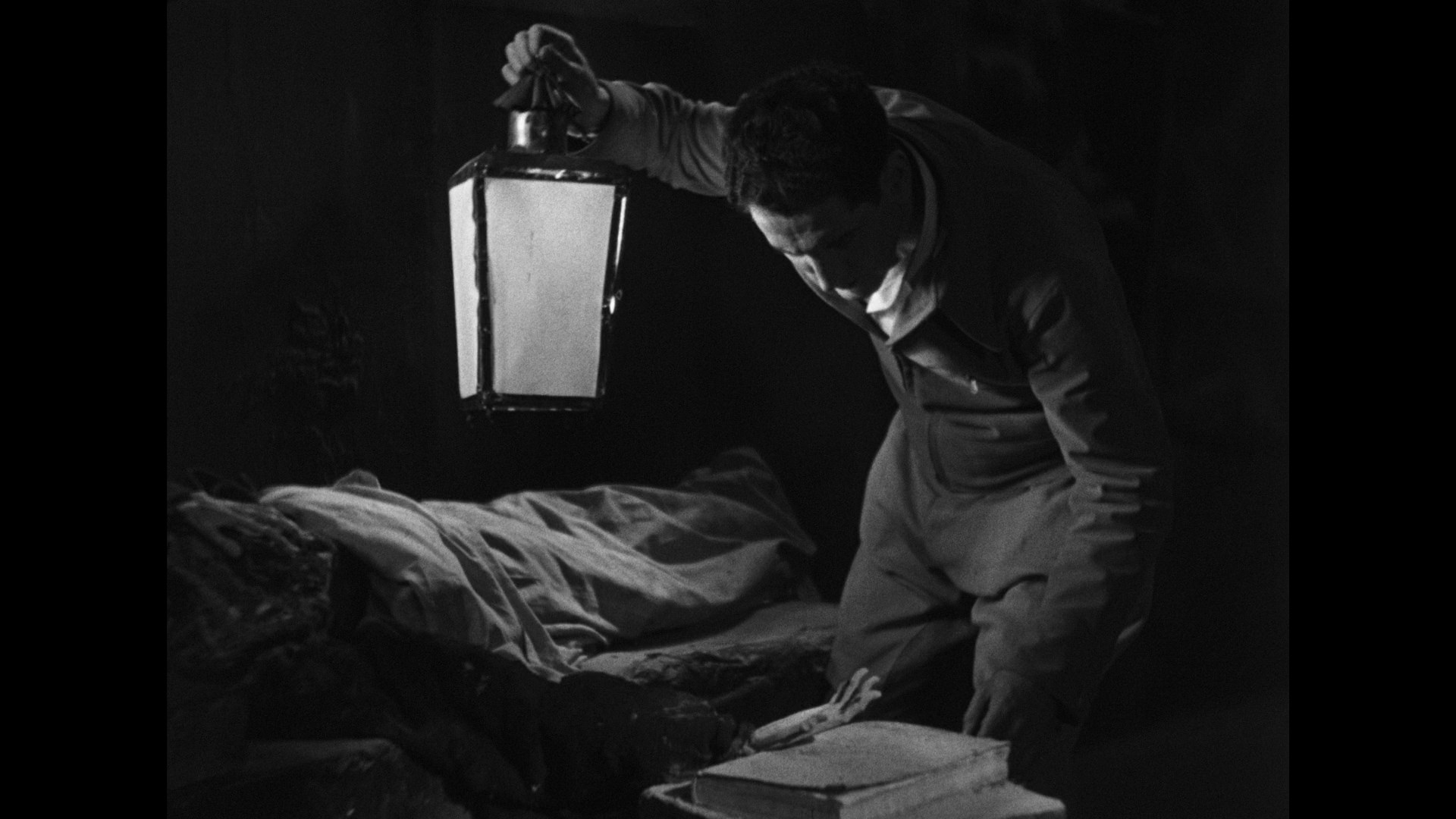 the imagery becomes more morbid, to an extent that gives this a fun pre-Code horror feel at times. It's mild by today's standards, of course, but for sheer atmosphere
the imagery becomes more morbid, to an extent that gives this a fun pre-Code horror feel at times. It's mild by today's standards, of course, but for sheer atmosphere 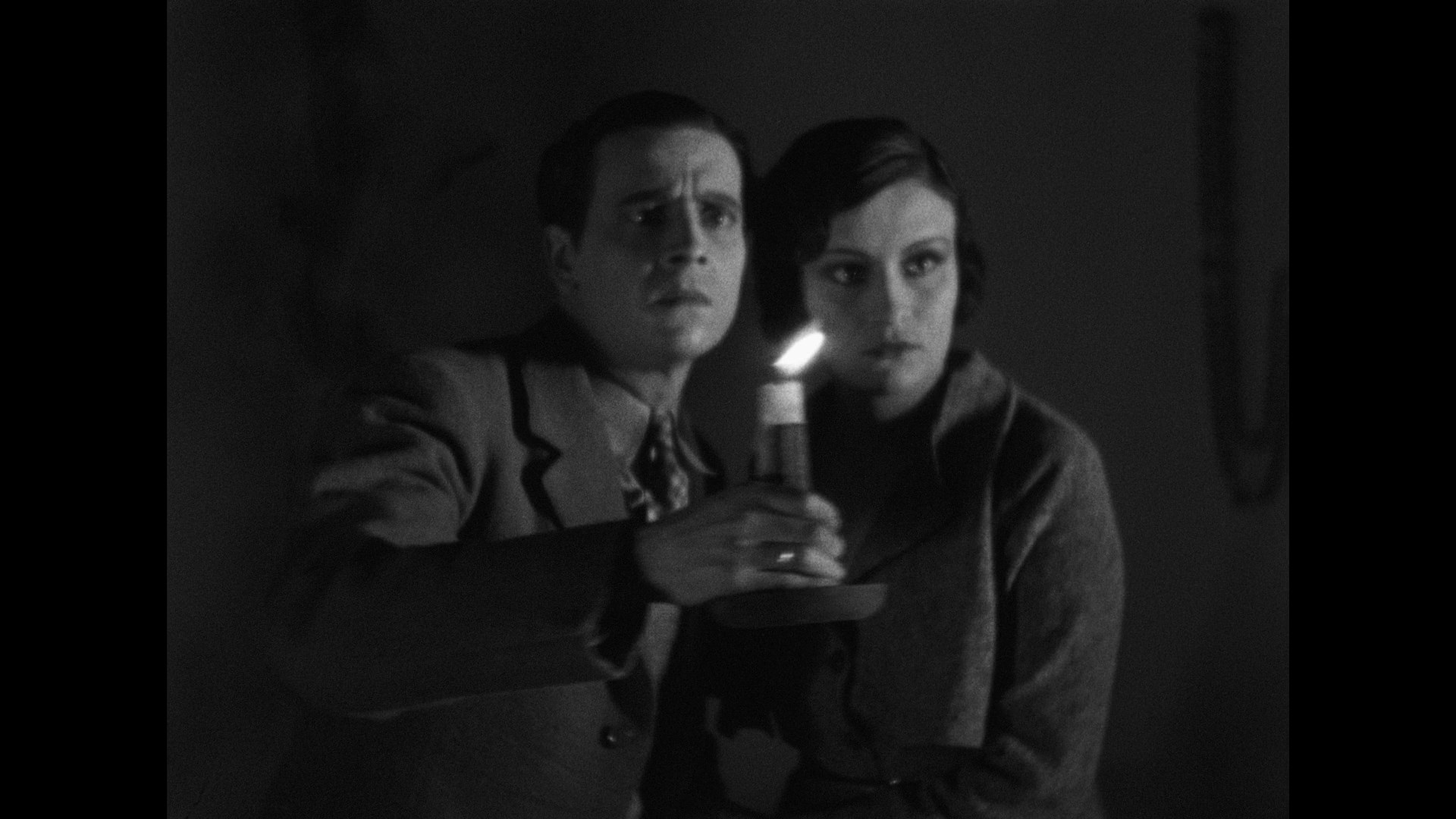 this one delivers in spades.
this one delivers in spades. 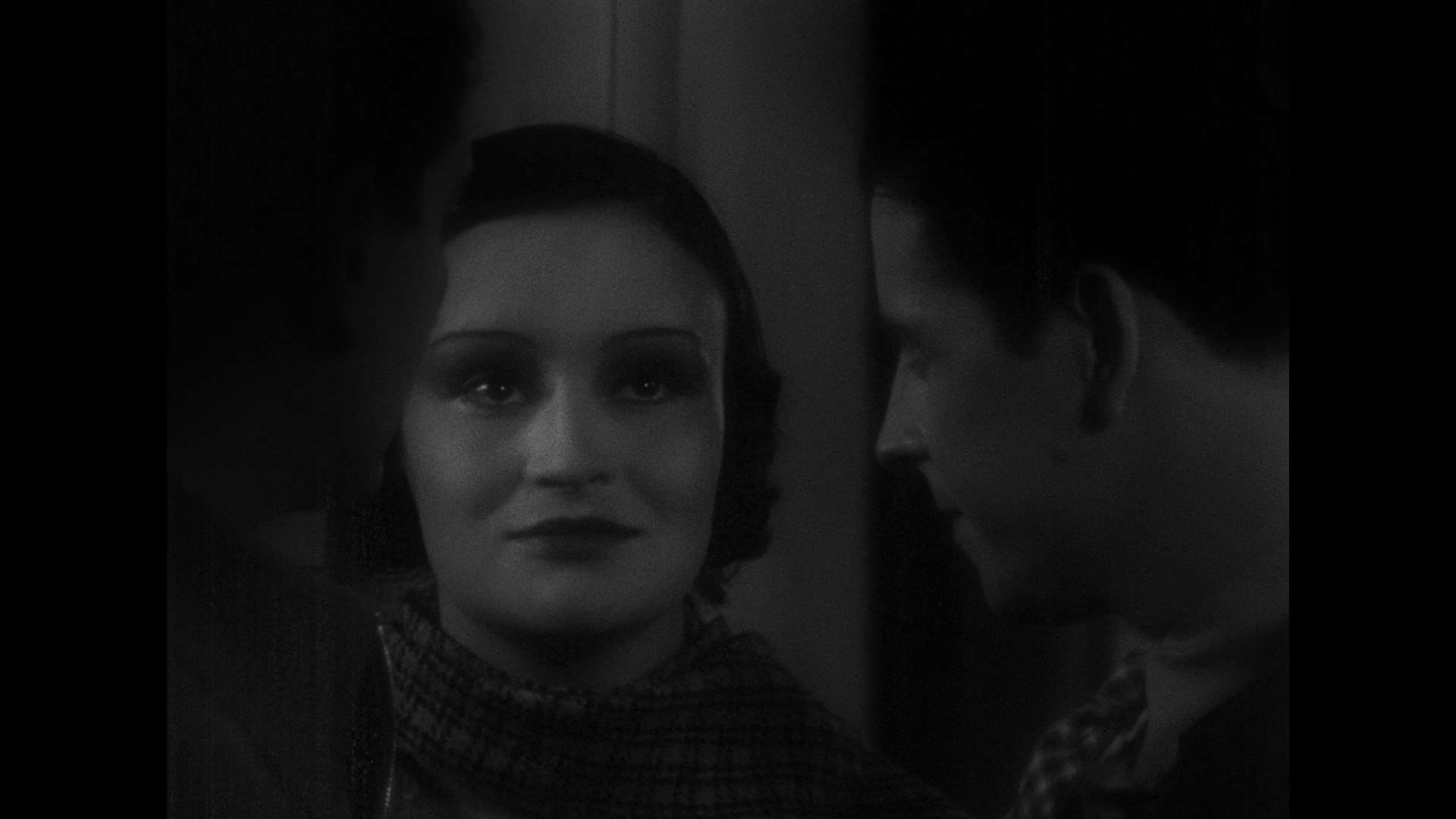 significant
significant 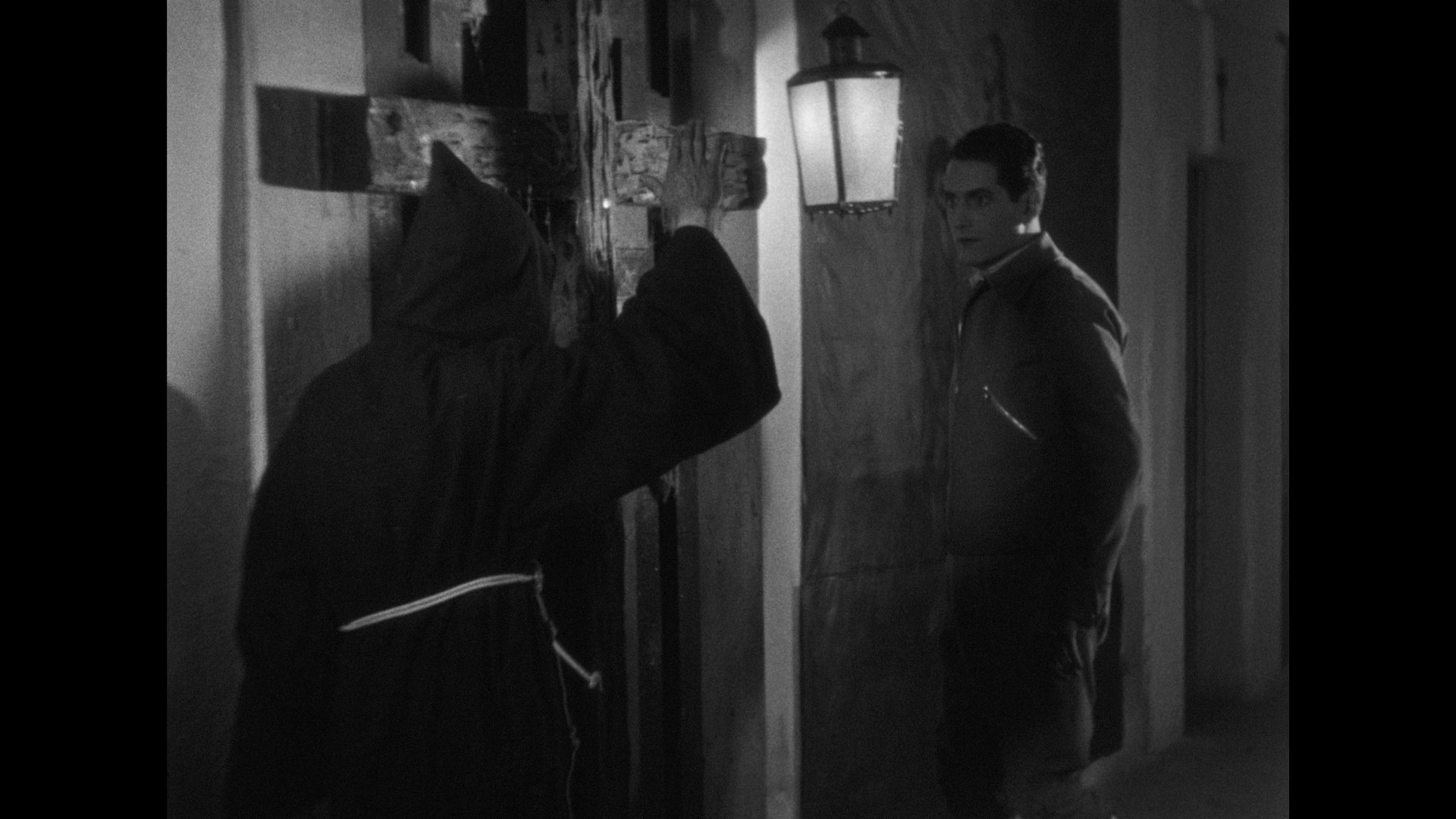 contributions from both cinema and literature is once again very entertaining and informative. In "The Devil in the Detail" (2022, 18m1s), Flores returns to put this film in context within the larger framework of Mexican fantastic cinema including the famous 1931 Spanish-language version of Dracula and the huge audiences these films were drawing domestically. He also talks a great deal about director Fernando de Fuentes, an influential and prolific figure in early Mexican film history and someone who obviously had quite an eye for striking visuals. Again this one debuts as a limited edition complete with a 36-page booklet featuring an essay by Maricruz Castro-Ricalde, screenwriter Juan Bustillo Oro on the making of the film, an archival production report, a look at the film’s original promotion, an overview of contemporary reviews, and Jan-Christopher Horak of the UCLA Film & Television Archive on the restoration.
contributions from both cinema and literature is once again very entertaining and informative. In "The Devil in the Detail" (2022, 18m1s), Flores returns to put this film in context within the larger framework of Mexican fantastic cinema including the famous 1931 Spanish-language version of Dracula and the huge audiences these films were drawing domestically. He also talks a great deal about director Fernando de Fuentes, an influential and prolific figure in early Mexican film history and someone who obviously had quite an eye for striking visuals. Again this one debuts as a limited edition complete with a 36-page booklet featuring an essay by Maricruz Castro-Ricalde, screenwriter Juan Bustillo Oro on the making of the film, an archival production report, a look at the film’s original promotion, an overview of contemporary reviews, and Jan-Christopher Horak of the UCLA Film & Television Archive on the restoration.![]()